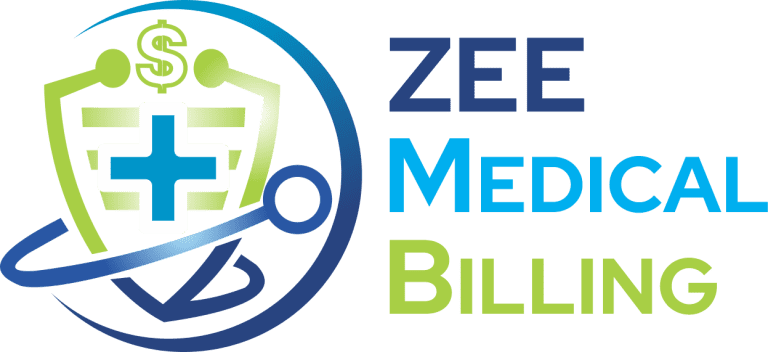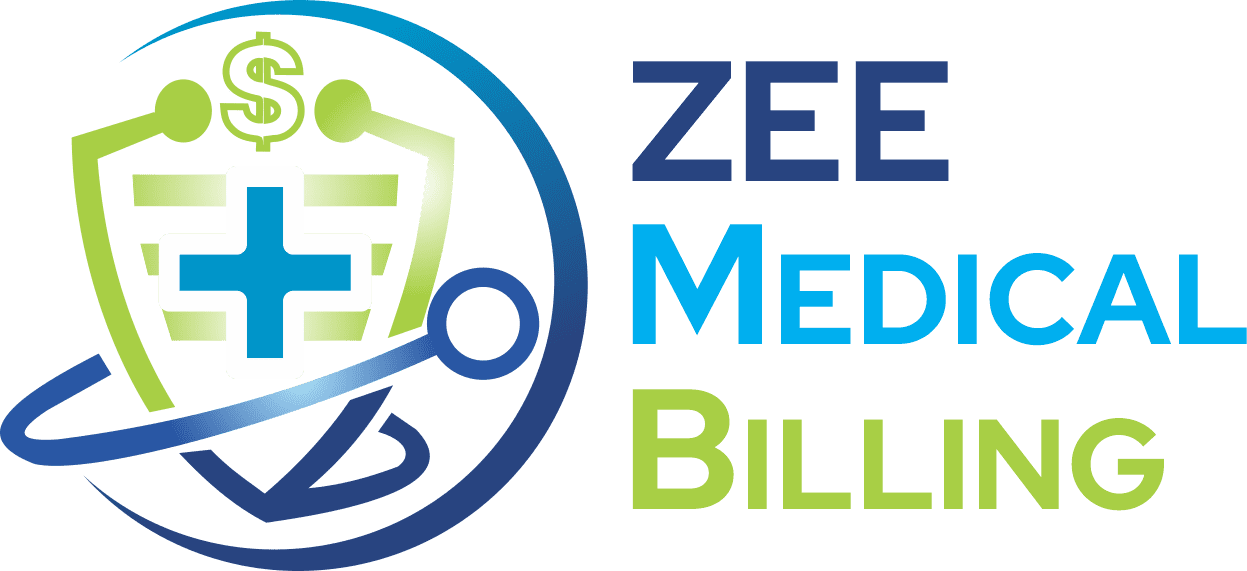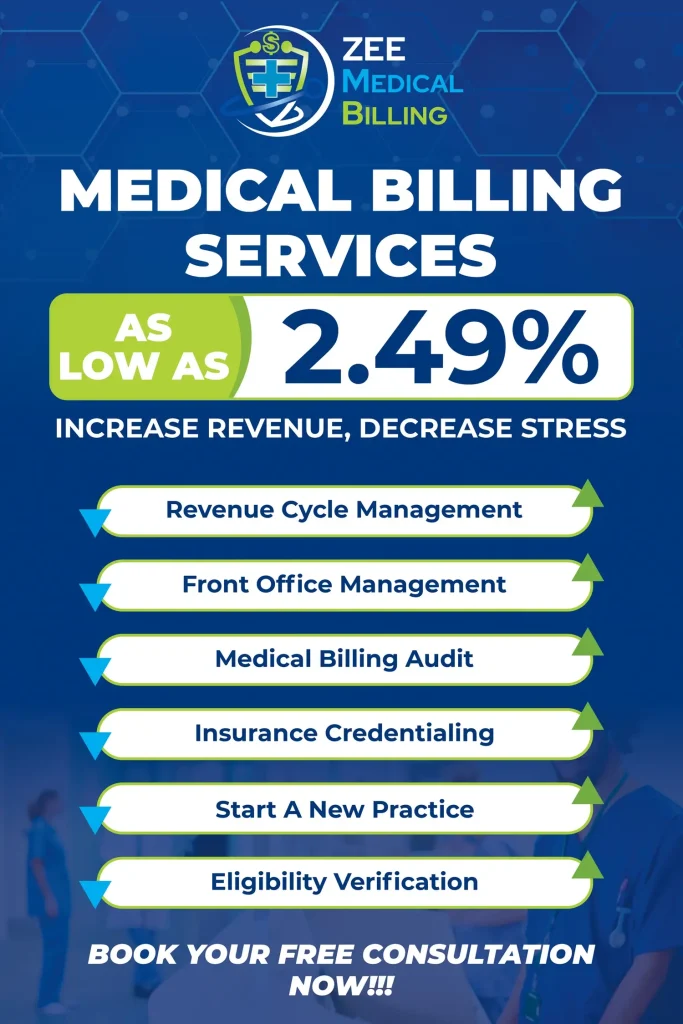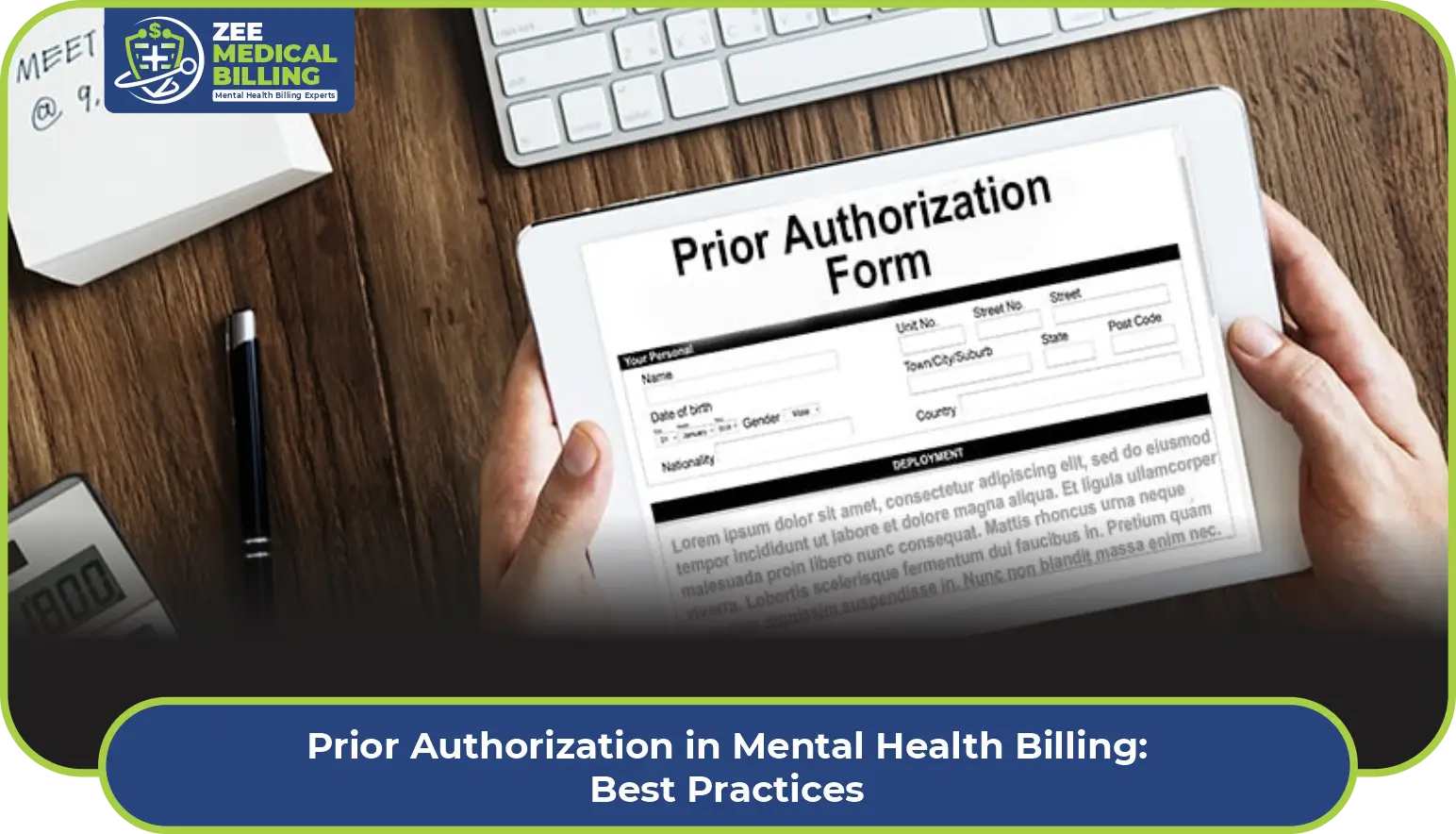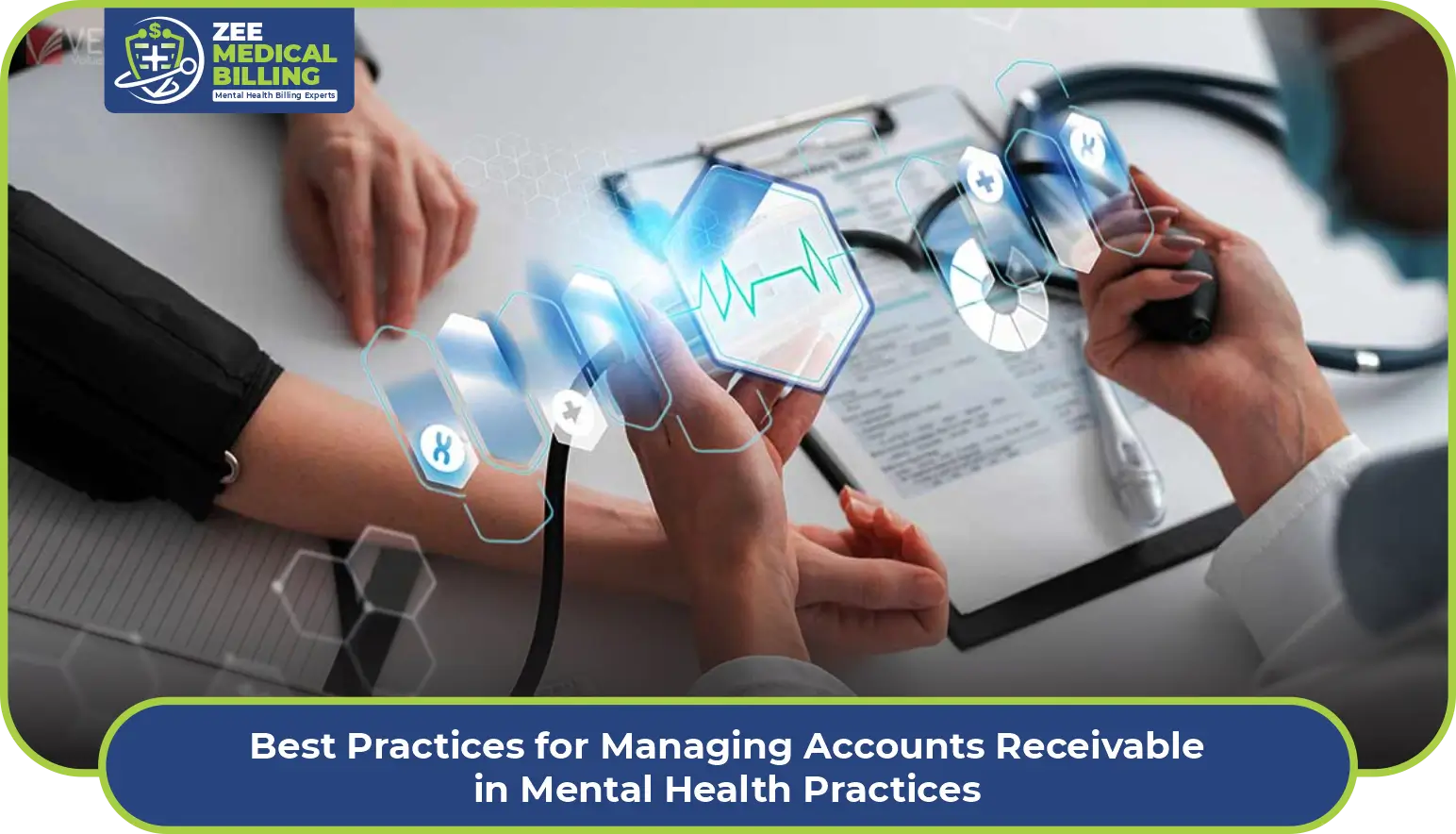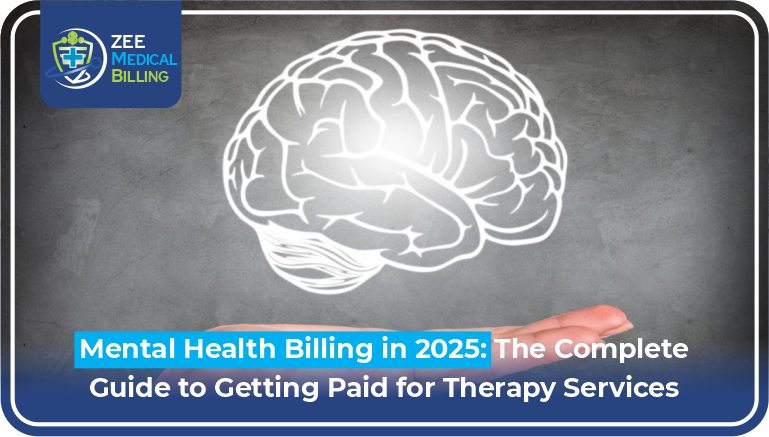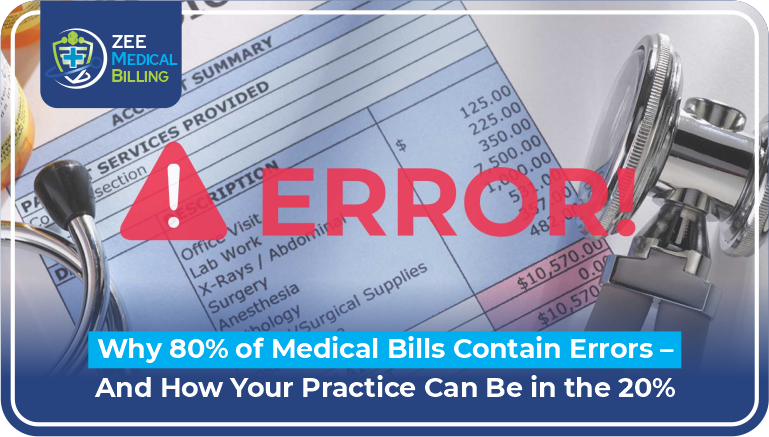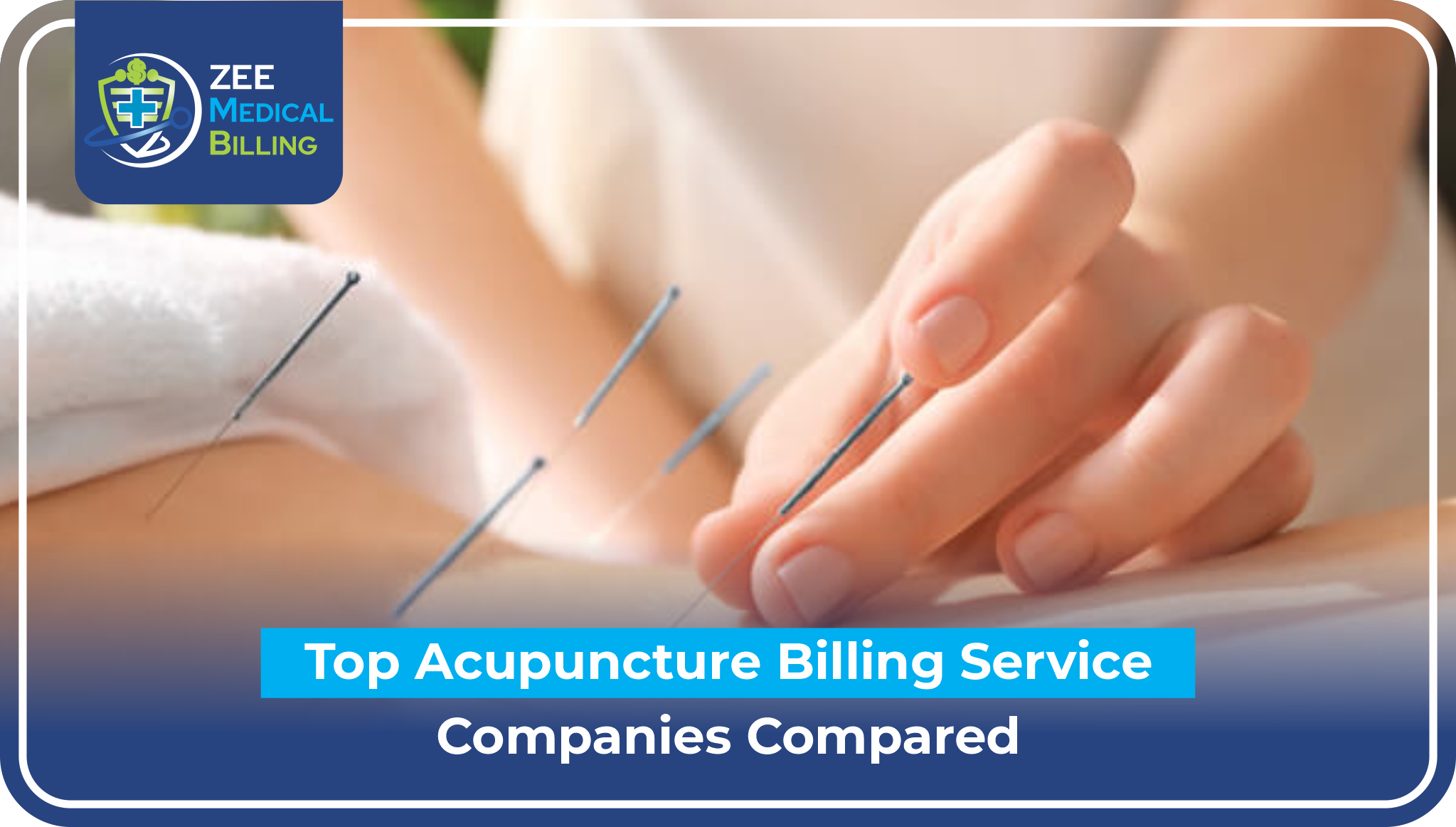Healthcare providers need help navigating the health insurance credentialing landscape. This process is one of the essential steps that help make the next aware that this professional follows some standards and quality measures for all activities. This article will answer those questions by tackling provider credentialing, some of the most common requirements for healthcare providers to become credentialed, and how vital successful credentialing can be to the larger healthcare framework.
In a time when healthcare regs are everchanging and the call for transparency keeps getting louder, the importance of good credentialing cannot be emphasized enough. It will also impact the ability of providers to join former and inc current insurance panels, as well as professional reputation and patient trust. A well-oiled credentialing process can be the difference between a highly regarded provider in the healthcare community and one whose potions have broken down. You can add so much value. It should detail the time it will take to become credentialed with a specific service guide, the information needed, and the criteria for different insurance networks.
Many providers are turning to credentialing software to navigate this complex landscape efficiently. Utilizing such tools can simplify the process, ensuring timely updates and accurate documentation. For more insights and assistance in managing your credentialing needs, visit Zee Medical Billing. Their experience can help you optimize your credentialing procedures, letting you focus on what matters most: giving high-quality health care to your people.
Understanding the Provider Credentialing Process
The provider credentialing process involves several steps designed to verify healthcare providers’ qualifications. Initially, providers submit an application that includes personal information, educational background, work history, and references. The credentialing committee then thoroughly reviews this application.
Step-by-Step Breakdown
- Application Submission: Providers fill out detailed applications to initiate the credentialing process.
- Primary Source Verification: Credentials such as medical licenses, board certifications, and educational qualifications are verified directly from the issuing sources.
- Comprehensive Background Checks: Full background checks must include criminal history and malpractice claims to assess the provider’s professional legitimacy.
- Review and Approval: The committee reviews the information even if they need more interviews or documentation before approving you.
With this careful process in place, only those who qualify can treat patients, thereby increasing public safety and ensuring that proper, quality healthcare continues to be delivered.
Credentialing Requirements for Healthcare Providers
Each healthcare organization may have different Credentialing Requirements. Healthy Provider Credentialing requirements for healthcare providers vary by state laws, insurance company policies and system-specific protocols.
Common requirements include:
- Current Licensure: Providers must hold valid and up-to-date medical licenses.
- Education Verification: Documentation proving completion of relevant medical education and training.
- Experience: Former employment within the field of healthcare.
- Malpractice Insurance: Providers who want to avoid getting lost in the credentialing maze will need a full appreciation of these needs.
Understanding these requirements is essential for providers looking to navigate the credentialing maze successfully.
Health Insurance Provider Enrollment
Insurance provider enrollment is critical in reaching a broader patient base. After that comes credentialing, which is followed by enrolling with insurance companies. The process involves several steps, the initial one being applying for multiple insurance plans, which often ask for documents to support their credentials.
Strategies for Successful Enrollment
- Prompt Filing: To avoid delays in the commencement of practice, submit applications swiftly.
- Open Communication: Regular communication with insurance agents to have updated information and a clear understanding.
- Follow-up: Keep detailed notes of all documentation submitted and the dates of any correspondence sent to the Taxpayer.
Using these strategies can help the enrollment process become more efficient and lead to faster insurance paneling.
The Role of Credentialing and Privileging
Together, they create what most assume as synonymous but are very different steps: credentialing and privileging. Whereas credentialing deals with confirming credentials, privileging is giving a provider permission to perform particular procedures or treatment modalities in a facility. This ensures that the providers are experts who have proficiency in their areas of specialization.
Importance of Credentialing and Privileging
- Patient Safety: Ensures that the right person provides care with the proper skills.
- Risk Management: Lowers the risk of malpractice and improves institutional reputation.
- Compliance: Regulatory and Accreditation Requirements Met.
That distinction between credentialing and privileging is critical for healthcare organizations, providers, and patients alike, so let’s explore it.
How to Get Credentialed with Insurance
Providers have many questions asking, “How do you get credentialed with insurance? The actual procedures will be different depending on your insurer, but it is usually done like so:
- Collect Documents: Bring together your necessary licenses, certifications, and school records.
- Complete Insurance Apps: Fill out applications to each insurance company, ensuring they are completed accurately.
- Follow-up: After applying, kindly keep following up to know how your application performs.
As such, a proactive and structured process will result in a shorter approvals turnaround.
Credentialing Timeline for Providers
The credentialing timeline for providers can vary significantly, often taking anywhere from a few weeks to several months. Factors influencing this timeline include:
- Insurance Company Policies: Different insurers have varied processing times.
- Completeness of Documentation: Incomplete applications can lead to delays.
- Verification Processes: Some credentials may take longer to verify than others.
Understanding this timeline helps providers plan accordingly, ensuring minimal disruption to their practice.
Importance of Provider Credentialing
There is no such thing as overemphasizing the significance of provider credentialing. It affects the provider’s practice and patient safety. Healthcare Credentialing is a credibility-building process that tells patients that these healthcare providers are qualified and can be trusted to provide quality care.
Benefits of Effective Credentialing
- Increased Trust of Patients: If patients know that healthcare providers and facilities have been vetted more thoroughly by third-party organizations for quality and safety, they are less wary of their care.
- Operational Efficiency: Simplifying Credentialing Processes translates into administrative ease in the already over-their-head healthcare facility.
- Compliance: Ensuring organizations adhere to state and federal regulations to avoid penalties or legal trouble.
Strong credentialing practices taken seriously by the organization consume time and cost money, but their absence consumes patient satisfaction and organizational integrity.
Credentialing Software for Healthcare
Utilizing credentialing software for healthcare can significantly streamline the credentialing process. These tools offer various features, including:
- Automated Document Management: Simplifies the storage and retrieval of essential documents.
- Tracking Capabilities: Allows providers to monitor their credentialing status in real time.
- Compliance Checks: Ensures that all credentialing activities meet regulatory standards.
By leveraging technology, healthcare providers can enhance their efficiency and accuracy in managing credentialing tasks.
Conclusion
In conclusion, the health insurance credentialing process is paramount for healthcare providers who want to provide quality care in a growingly competitive and regulated market. The provider credentialing process, the proper credentialing requirements to follow, and the significance of credible insurance panel participation are some of the key elements in running a successful practice.
With healthcare regulations and market dynamics changing, having the right information and credentialing tools can make a difference in your provider practice. Challenges in completing the credentialing process do exist, but using the right tools and having knowledge of the subject helps providers to navigate these choppy waters better.
If you want to simplify the credentialing process or need help understanding all of the rules about healthcare, our expert team at Zee Medical Billing is available. Click here to connect with us today and find out how our end-to-end insurance credentialing service package can help your practice’s growth.
Ready to Streamline Your Credentialing Process? Pave the way for your healthcare practice using our premium insurance credentialing services. We understand the dues of procedures involved in credentialing, but you can sit back & relax while being assured to get your approved contract in a scalable time frame only with Zee Medical Billing. Stop allowing paperwork and bureaucracy to slow you down—work with us instead to create unique services that work for you.
Contact us today to learn how we can help you navigate the credentialing landscape and ensure your practice thrives!
